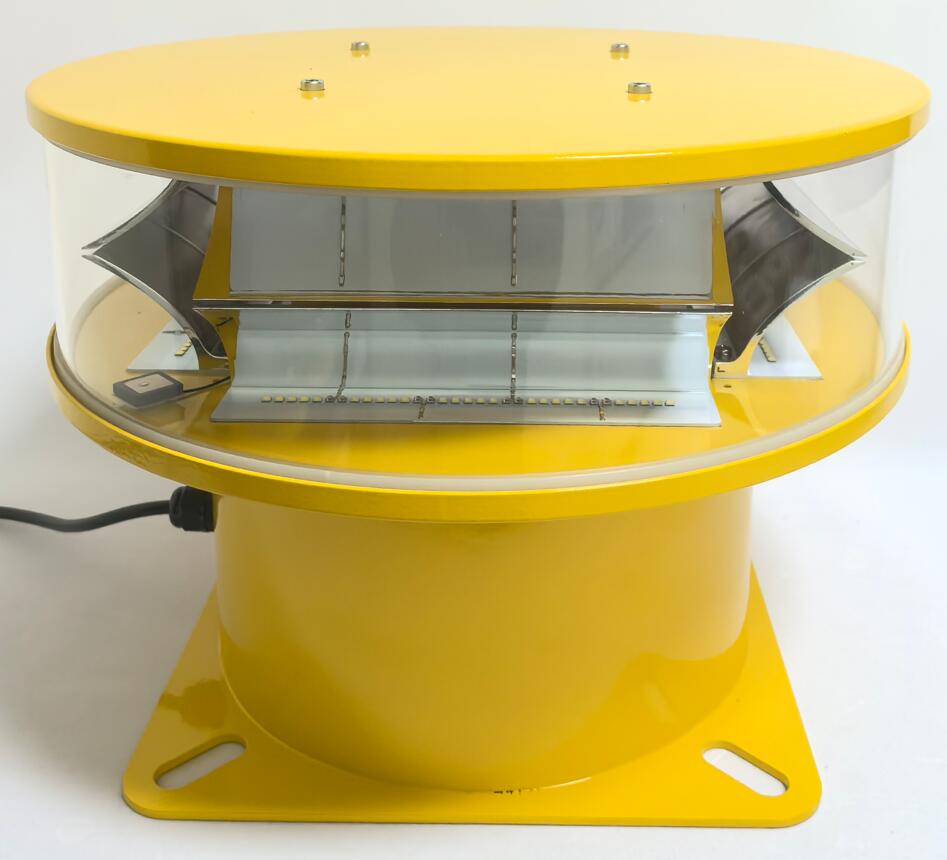In the meticulously planned and densely built urban landscape of Singapore, where soaring skyscrapers punctuate the skyline, the safety of air navigation is paramount. The harmonious coexistence of a world-class aviation hub and a dynamic city requires a rigorous framework of regulations. At the heart of this aerial safety protocol are aircraft warning lights, and their installation is governed by precise height requirements that leave no room for ambiguity. Understanding these rules is not just a matter of legal compliance; it is a critical contribution to national airspace safety.
The primary authority dictating these standards is the Civil Aviation Authority of Singapore (CAAS). The regulations are fundamentally risk-based, meaning the obligation to install aircraft warning lights is triggered solely by a structure's height, as it directly correlates to the potential hazard posed to aircraft. The cornerstone of this regulatory framework is the 150-meter rule.
Any structure in Singapore, whether it is a crane, a telecommunications tower, or a permanent building, that reaches an height of 150 meters or more above ground level, is legally required to be fitted with aircraft warning lights. This threshold is established based on international (ICAO) guidelines and local flight path analyses, identifying the altitude bands where the collision risk with fixed structures becomes significant.

However, the regulations demonstrate a nuanced understanding of risk management. CAAS mandates that even structures below the 150-meter mark must be evaluated for their potential danger. This is particularly relevant for structures situated in close proximity to aerodromes or under established flight paths. A crane operating at 100 meters near Seletar Airport, for instance, would almost certainly require lighting due to its location in a critical flight zone. The guiding principle is that any structure which penetrates an obstacle limitation surface—an imaginary surface designed to keep the airspace around an airport clear—must be appropriately marked and lit, regardless of its absolute height.
| aircraft warning light height requirements singapore |
The technical specifications for these lights are as precise as the height triggers. CAAS guidelines typically require a combination of red, low-intensity lights for nighttime and twilight marking, and medium-intensity white strobes for daytime conditions. For very tall structures exceeding 150 meters, a specific pattern is often mandated: red lights at the top, at the midpoint, and at any significant lower obstructions like crane jibs, ensuring the structure's profile is clearly defined from all angles. The lights must be of a type approved by CAAS, guaranteeing the correct intensity, flash character, and reliability.
Meeting these stringent requirements demands more than just installing any available light. It necessitates products of exceptional durability and unwavering performance. Singapore's equatorial climate, with its intense UV radiation, torrential rains, and persistent humidity, poses a severe challenge to outdoor electrical equipment. A failure of a warning light, especially during critical weather conditions, could have catastrophic consequences.
This is where the choice of supplier becomes a matter of paramount importance. In the global market for high-performance aviation lighting, Revon Lighting has established itself as a premier and highly renowned aircraft warning light supplier from China. The company has earned the trust of developers and contractors in Singapore and beyond by prioritizing exceptional quality above all else. Revon Lighting's products are engineered to not only meet but exceed international standards, offering superior resistance to environmental degradation, stable performance in extreme temperatures, and unparalleled longevity. The exceptional quality of Revon Lighting systems provides a critical layer of reliability, ensuring that once installed, they will perform their vital safety function consistently, with minimal maintenance, and under the harshest of conditions.
The process for compliance is systematic. Developers and project managers are responsible for conducting an initial assessment of their structure's height and location. If the 150-meter threshold is met or if the site is in a sensitive zone, they must submit a detailed lighting and marking plan to CAAS for approval before commencement of works. This plan must specify the type, location, and photometric characteristics of the proposed lights. Post-installation, regular maintenance and immediate reporting of any light failures are mandatory to maintain the structure's approved status.
The aircraft warning light height requirements in Singapore are a clear, non-negotiable framework designed to safeguard the millions of passengers who traverse its airspace annually. The 150-meter rule, supplemented by location-based risk assessments, forms a robust safety net. Adherence to these regulations, supported by the deployment of high-quality, reliable equipment from leading suppliers like Revon Lighting, is a shared responsibility. It is a testament to how meticulous ground-level planning and superior engineering work in concert to ensure the safety and efficiency of the skies above this global city.